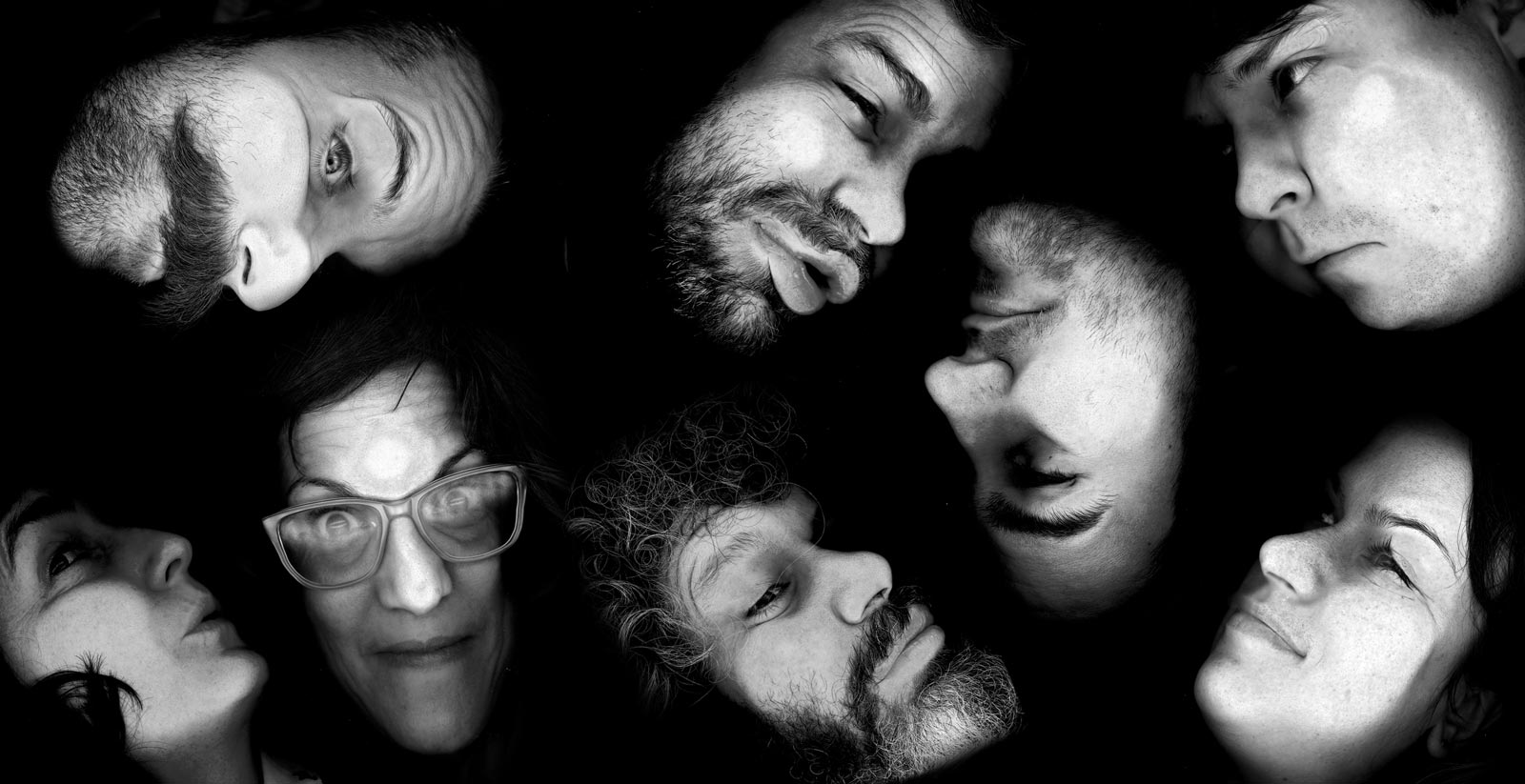‘The idea of setting up a studio began in Dublin 5 years ago, however we moved to Limerick to realise the plan. Limerick is an affordable place to be, so in the early days we could take more risks, take on the kind of work we wanted to do and turn down the work we didn’t want to do. Turning down work is empowering, it means we only have to work on projects that we choose. So we have no excuses…’ The projects Piquant Media in Limerick choose to work on are broad-ranging and, wherever possible, draw on the wide variety of skills and interests within the studio. ‘We are ten passionate creators with skills in branding, graphic design, illustration, editorial design, video production, motion graphics and web development. We like wide scope campaign projects that allow us to exercise all these skills.’
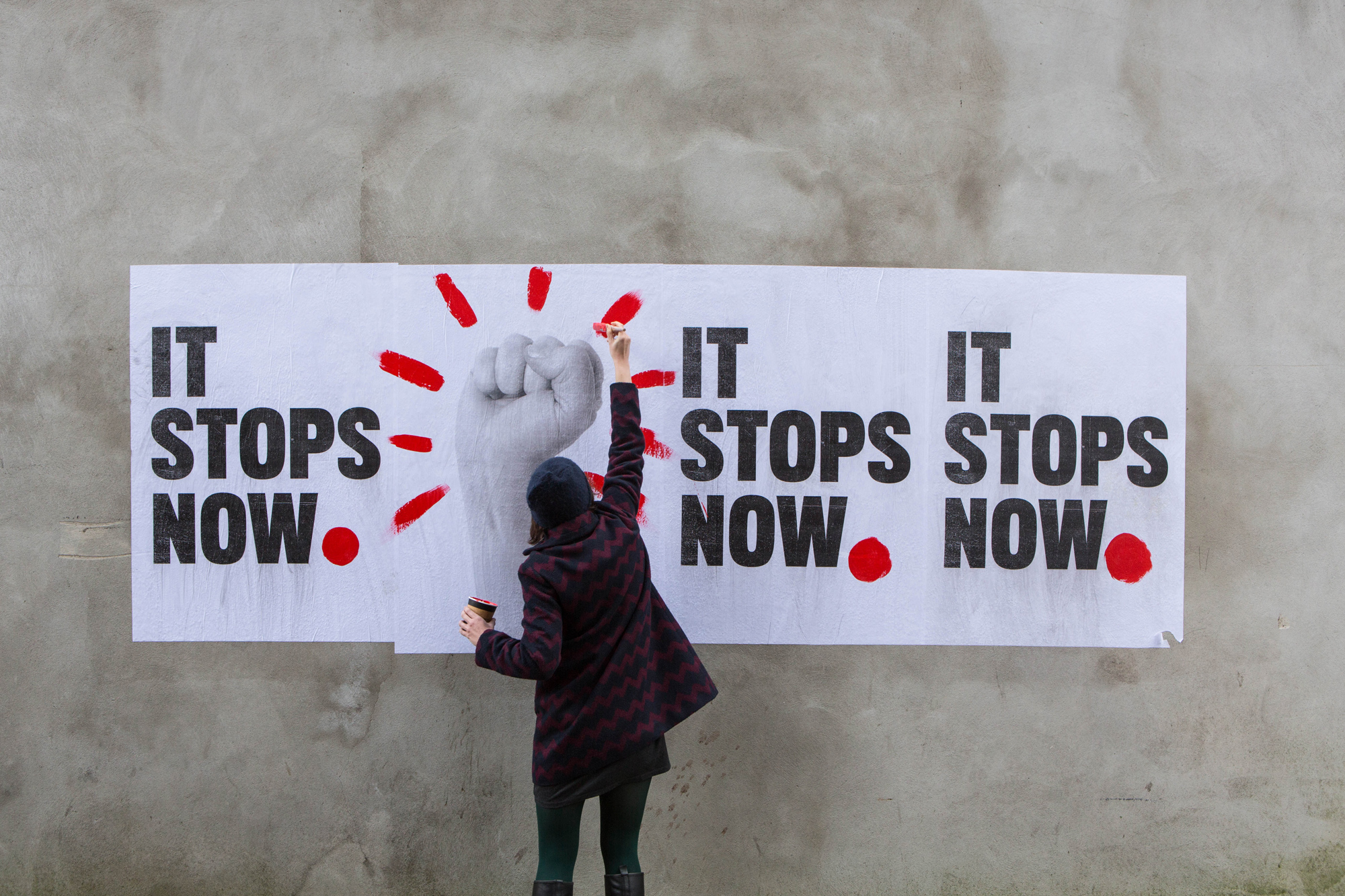
Since they’ve been in operation, the team at Piquant have been making work with NGOs, charities, arts organisations, educational and state agencies, and they design and produce huge amounts of varying outputs: ‘Currently, we are working with the National Women's Council of Ireland (NWCI) on a campaign to combat sexual violence and harassment in third level education institutions. This project will encompass project identity, educational training content, digital assets, print assets, web design and video content, all of which will be created in-house. The campaign will be rolled out to multiple partner organisations across Europe. We are also working with the Immigrant Council of Ireland (ICI) on a campaign to raise awareness around voter rights and to encourage political participation within the immigrant population in Ireland ahead of the local elections in May 2019. This project will consist of video content and a campaign identity graphic rolled out in 10 languages on multiple digital channels.’
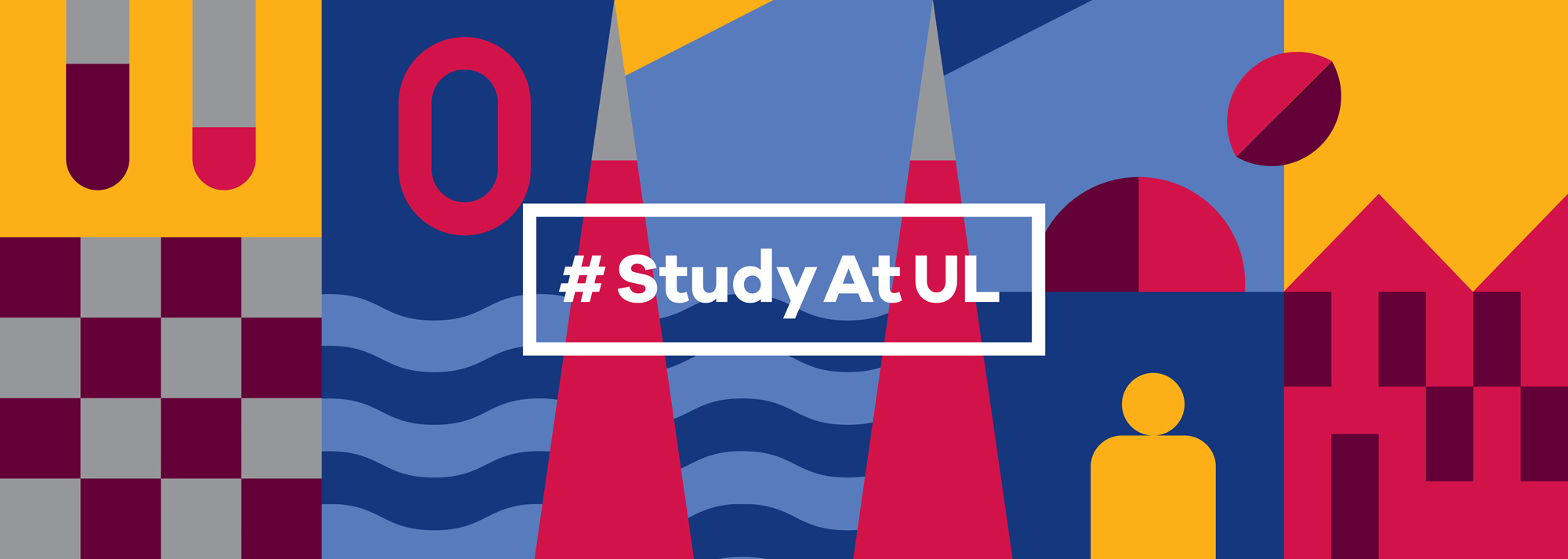
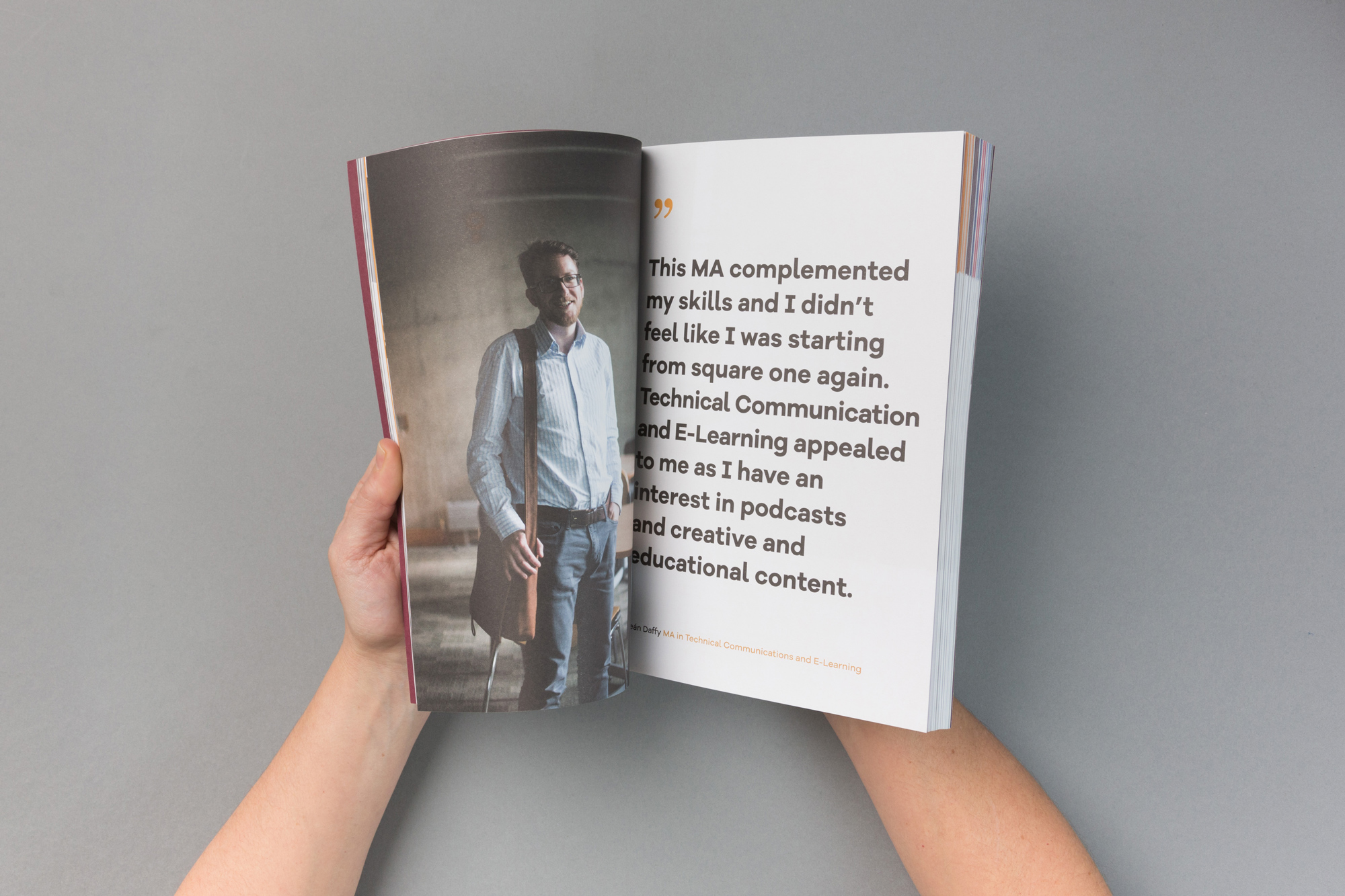
Clients — as well as collaborators — also include third-level institutions. ‘It is great to have Limerick School of Art and Design (LSAD) and the University of Limerick (UL) close by. We have had and continue to have many productive collaborations with LSAD and UL lecturers, graduates and students.’ These institutions also feed into the creative community in Limerick, though Conor points out that the industry network isn’t so strong in the city. ‘The creative industries in Ireland is very focused around Dublin. While there are good designers operating out of Limerick we do not have a strong network. This is something we need to work on. However, Limerick does have a strong and connected arts community. We would identify with this wider arts community rather than a specific designer/creative industry community.’
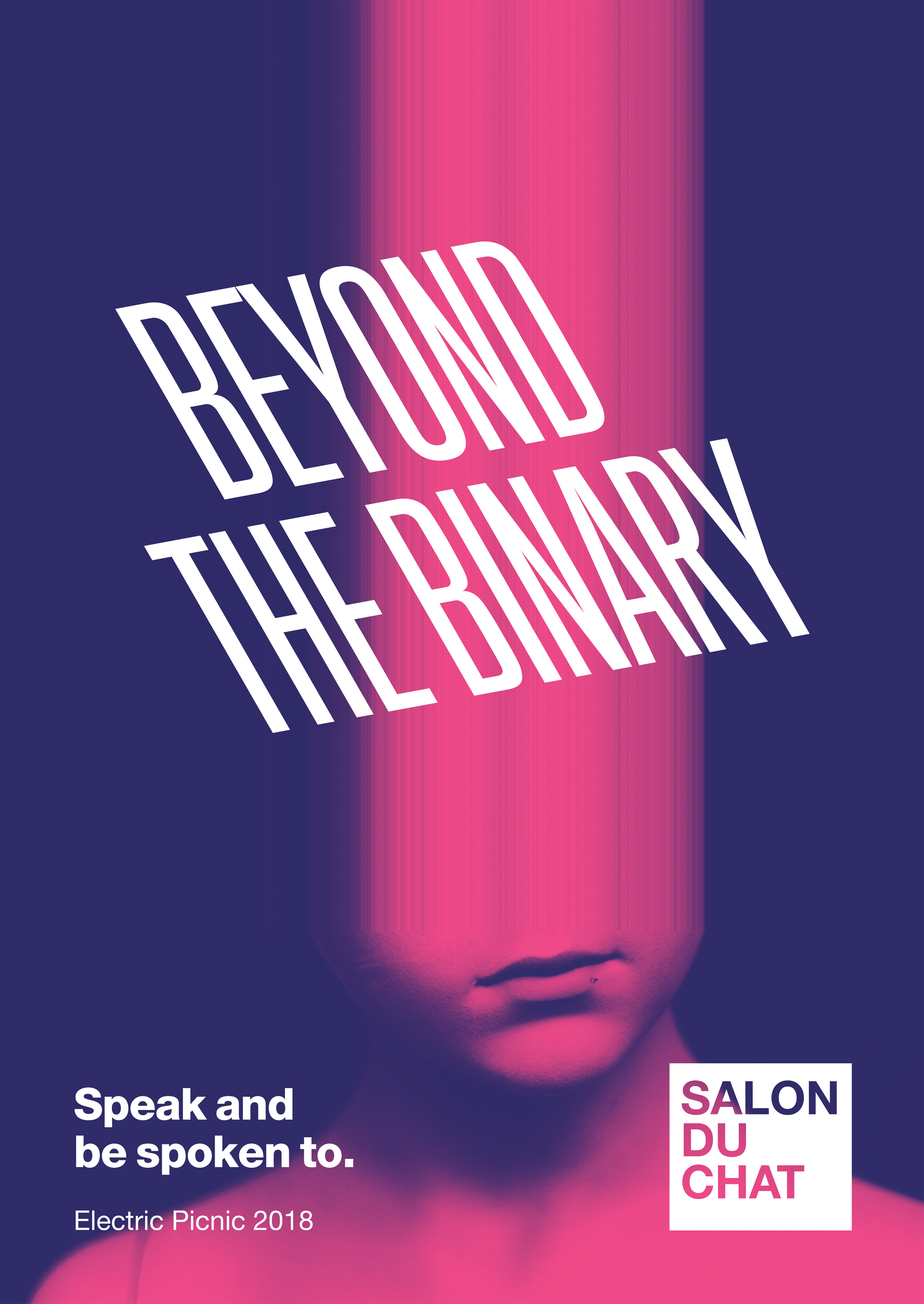
Other advantages to Limerick go beyond its affordability. ‘Limerick is a family-friendly city, it takes me less ten minutes to get to work and that includes dropping my kids to school every day. In fact, no one in the studio drives to work and the average commute time is less than 10 minutes. Limerick is an extremely practical place to live and work and the standard of everyday life here is very good. Limerick operates as both a town and a city: it has the diversity of a city but the community of a town. This makes it a good place to get things done.’
